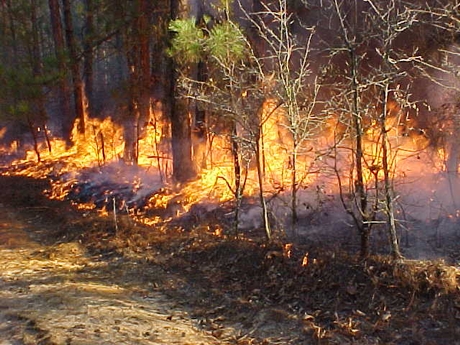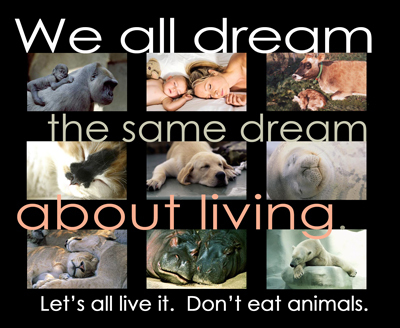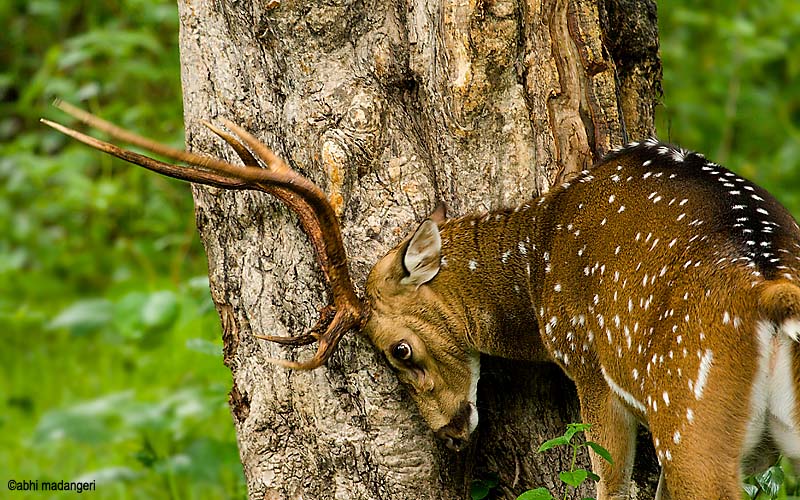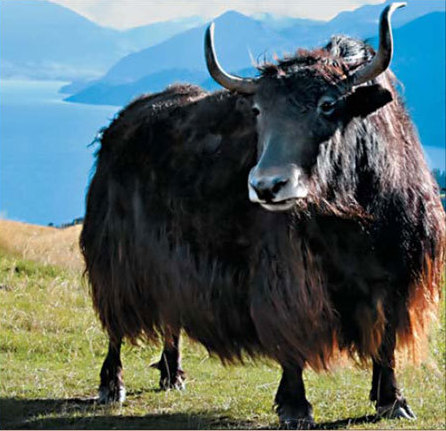Every year in the UK well over two million animals are subjected to experiments "likely to cause pain, suffering, distress or lasting harm." (As the Government describes them).
An estimated 9 million animals gassed or decapitated annually because they are deemed 'surplus to requirements' by the vivisection industry. These figures describe the horrific scale of suffering and death in British laboratories.
The situation worldwide is almost too appalling to contemplate, But what the cold statistics hide is the fact that each one of those 11.6 million animals was a warm, living, feeling individual.
These animals have been deprived of the chance to live their lives in the way they were meant to: in family and social groups, tending to their young, and fulfilling their basic needs. They can never understand why they are being made to suffer.
They do not deserve to be locked in cages, and have their whole lives twisted and stolen by vivisectors. Every experiment they are subjected to is a crime against these animals. We must never, ever forget that animal experimentation means the suffering and destruction of sensitive, individual creatures. Once a life is taken, there is no way to make amends.
Liberation is dedicated to protecting these animals. Our intensive efforts are educating the public about the reality of vivisection. Our pressure on companies and governments is forcing them to take notice of the respect that animals are due, and respond to the public's growing demand for an end to the abuse of animals. We are now starting to make historic progress on behalf of animals in laboratories. But we are faced with an immense uphill struggle. The barbaric tradition of vivisection is deeply ingrained in many areas of 'science'.
To make matters worse, the new technology of genetic engineering threatens to inflict more pain and death of animals. What the future holds for animals, ultimately depends on us. For the sake of every animal, we want to build on the progress that has been achieved, and prevent new forms of suffering and exploitation from being established. But we can only continue with your support. Although, as a single individual, you may feel you can't make a difference, it really isn't true. Anything that you can do to increase our prospects of success will help bring closer the day when animals are saved from vivisection.
On December 10th, 1948, the United Nations ratified the Universal Declaration of Human Rights (UDHR). The Declaration established once and for all the principle that all human beings - however poor or powerless, whatever their colour, or gender or beliefs - have rights that no-one, no matter how powerful, may ever abuse or take away. Rights to live, to be free, to be protected from torture and to live their lives free of exploitation.
The UDHR symbolised the triumph of compassion and justice over the prejudices of the past, and even though we still have a long way to go before our world lives up to those ideals, holding those ideals makes us a better and more civilised human race.
But why should rights stop with human beings? There is a long and growing tradition that argues that animals have rights too. Is this an idea whose time has come?
Once upon a time, people thought that human rights, racial equality and democracy were crazy ideas. Could it be that the people of the future will one day look on the slaughterhouse and animal laboratory as we now look on the slave ship, the torture chamber and apartheid?
If we take a serious and intelligent look at this question, maybe we can see why there is a growing recognition that all animals deserve respect and the right to life and liberty, whatever their species.
The human race has, in fact, long recognised that it is wrong to treat animals as things. They experience pleasure and pain, happiness and suffering, in just the same way as we do. Science has taught us that we are, of course, animals ourselves, with our nearest relatives, the chimpanzee, sharing 99% of our genes.
People used to think that animals were just like machines, and that human beings could use them however they chose, but as we have become civilised we have come to understand that cruelty to animals is wrong. Now, some of us are saying, that if we recognise that cruelty is wrong, then animals should have the right to be protected from cruelty. If people have a right not to suffer, why not other animals?
Of course there are many differences between human beings and other animals, but that doesn't mean that animals can't have rights, there are differences between people too. Just because one person is less intelligent than another doesn't mean that their pain hurts less, or their life is worth less. Just because a baby or perhaps a person suffering from a mental handicap cannot tell the difference between right and wrong, does not mean that they can have no rights.
In fact, we recognise that we have a duty to protect and nurture those who cannot take a full part in our society - those who are weaker than ourselves. If we apply the opposite rule to animals - that because they are weak, or lack intelligence, we can use them however we choose - are we not guilty of hypocrisy and discrimination?
It is time to stop looking at our differences - which is the way of the racist, the sexist and the bigot - and start looking at our similarities. We know that animals, like us, suffer fear and pain, but they are still experimented upon in our laboratories.
We know that they form bonds of affection and perhaps even love with their families, just as we do, but calves are still taken from their mothers within days of their births.
We know that animals, like us, flourish in freedom, but still they are imprisoned in zoos, circuses, laboratories and on our factory farms.
Finally, we know that they, like us, will protect and preserve their own lives if they can, but they are still slaughtered in their billions for food which is unhealthy, unnecessary and environmentally destructive.
In 1799, people thought those who wanted to abolish slavery were crazy. In 1899, people thought the suffragettes were crazy. Now, in 1999, people are starting to realise that the idea of honouring the rights of animals isn't crazy, foolish or sentimental, but is just the next step along the journey to make our world a fairer, more compassionate and more civilised place.
We don't believe that rights belong to the few any more, we don't believe that the powerful may use the weak how they choose any more.
Even now in the new millennium, animals are abused and exploited in ways that could not even have been imagined a century ago; cloned, genetically engineered, factory farmed, poisoned in laboratories with chemicals nobody needs, and even, used as spare part factories for transplants.
More and more of us now believe that the future belongs to compassion and justice. We believe that one day the world will recognise fully the rights of animals just as it has recognised the rights of humans. We are campaigning for the future.
The animal and human rights movements have grown considerably over the last few years. Many of us now seek a more fulfilling set of ethics, with the number of those who now live a vegetarian/vegan lifestyle growing to such an extent that the food industry sees us as major consumers.
The powers that be try to hide and lie about the atrocities most accept as everyday life. We must now work together to expose the dangers threatening the existence of our planet and all who reside on it.
The time has come for those of us who really care to stand tall and scream for change.
Some of the subject matter Liberation covers is both graphic in both words and pictures, for this we do not apologise! We believe that's the only way to expose the truth.
By attempting to abuse our democratic rights they have declared war, and war requires militancy.


















































